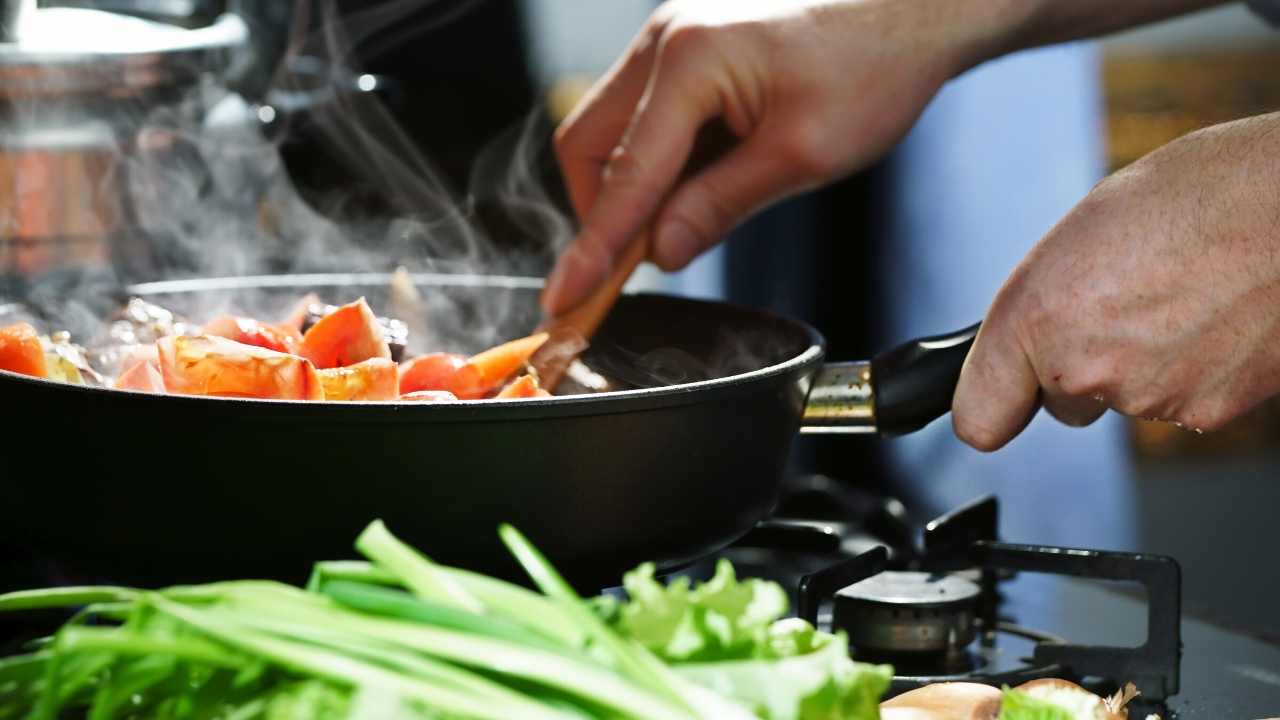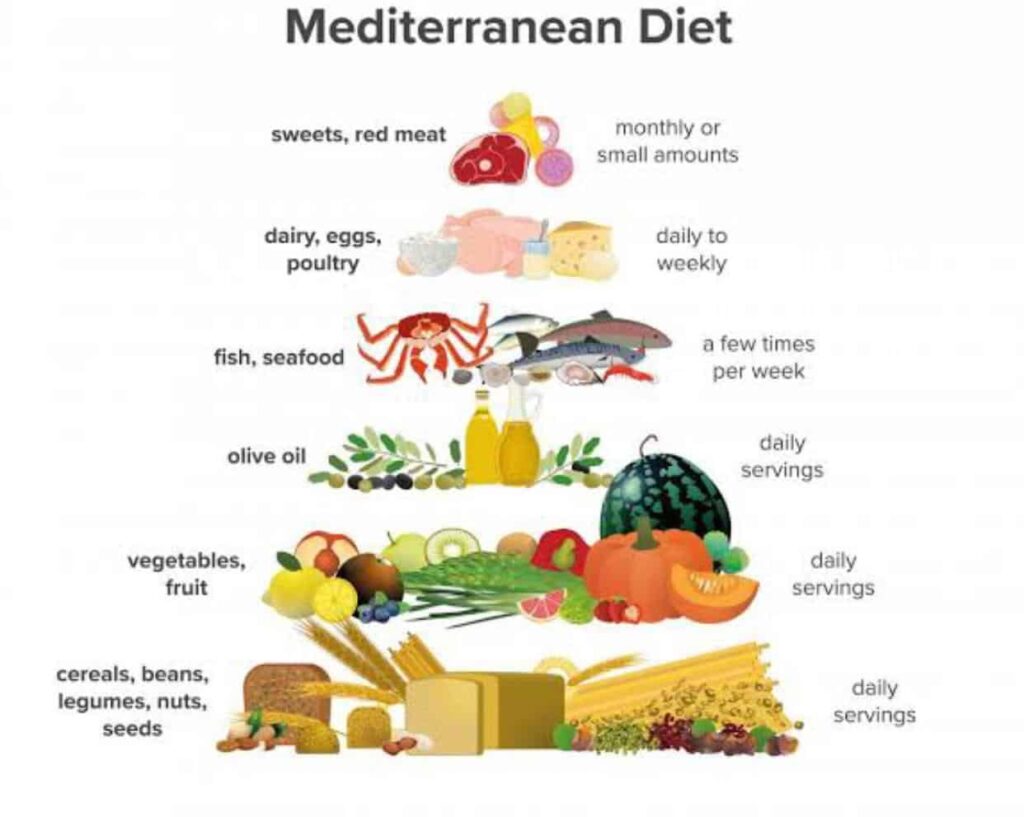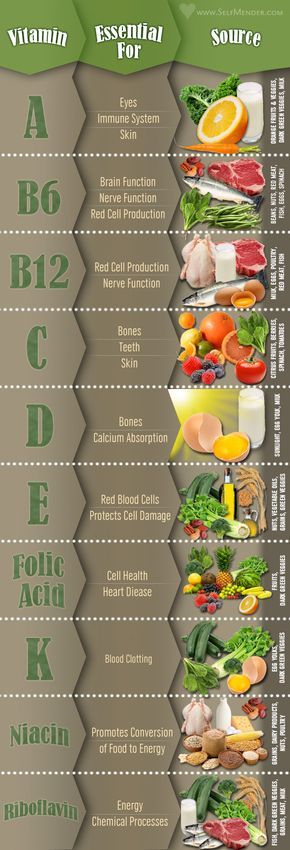
One of the benefits of the Paleo diet is that it has no strict rules. Since it consists primarily of plant foods, it doesn't require a detailed food record, so it can be adapted to meet a wide variety of needs. However, there are some restrictions. They prohibit grains, most legumes and dairy products as well as processed foods. This can be confusing, but it's a good idea for most people to consult a physician before trying a new lifestyle.
To begin with, you need to be aware what foods should be avoided. Most people on the Paleo diet are at risk of vitamin D and calcium deficiencies. These nutrients are essential for healthy bones. Avoid processed meats, dairy products, eggs, and sugary food. In addition, saturated fat can cause a variety of health conditions, including heart disease, diabetes, and certain cancers. These changes can be made if you are open to them.

Vegetables and fruits are rich in vitamins, minerals and fiber. They can have higher sugar levels than other fruits and vegetables. Paleo diets may even ban potatoes. Bananas are a great example of a food that can be included in the Paleo diet. A medium banana has 100 calories, 3 grams of fiber, and 25 grams of carbohydrates, making it a great choice for paleo diets.
Paleo can be a great way for you to enjoy a variety foodstuffs, but it can also prove dangerous if your fiber intake is not sufficient. The Paleo diet excludes legumes and grains, so you'll need extra effort in order to achieve your recommended fiber intake (25 grams for women and 38 grams respectively for men). It is important to seek advice from a registered dietitian before changing your diet.
Paleo is not the right diet for everyone. There are some things you need to know before you make a switch. The diet is rich in fruit and protein, but it also has high levels of fat and fiber. It is best to consume a high-protein diet, as it will lower your chances of developing diseases. While there are some benefits to this diet, it's not for everyone. Obese or overweight? It's okay to try different things to see what works best for you.

Paleo is a diet that supports healthy digestion. It helps to grow the right types of bacteria. It protects your body's barrier cells and keeps them healthy. It also helps to reduce inflammation. This will help prevent an overactive immune response. A strong immune system can only be built upon a healthy digestive system. It can also be used to fight inflammatory diseases. It can reduce your risk of developing diabetes or cancer.
FAQ
How much should I weigh for my height and age? BMI calculator and chart
Use a BMI calculator to determine how much weight is needed to lose. The healthy BMI range for a healthy person is 18.5 to 24.9. Weight loss is possible if you aim to lose approximately 10 pounds per week. Enter your height and weight to calculate your BMI.
Check out this BMI chart to determine if you are overweight or obese.
What's the problem with BMI?
BMI stands for Body Mass Index. This is a measure of body fat that is calculated based on height or weight. Here is how to calculate BMI using the following formula.
Divide the weight in kilograms by the height in meters squared.
The result can be expressed as a number between zero and 25. A score of 18.5 or higher indicates overweight, while a score of 23 or higher indicates obesity.
A person who weighs 100 kg and has a height of 1.75 m will have a BMI of 22.
How often should I exercise?
It is important to exercise for a healthy lifestyle. You don't have to exercise for a certain amount of time. Finding something that you love and sticking with it is the key.
Three times a week, you should be aiming to complete 20-30 mins of moderate intensity activity. Moderate intensity is when you still have to breathe hard after the workout. This type workout burns about 300 calories.
If you prefer to walk, go for 10 minute walks four days a week. Walking is low-impact, easy on your joints, and it's also very gentle.
Jogging is an alternative to running. You can do it for as little as 15 minutes each day. Running can help you burn calories and to tone your muscles.
Begin slowly if your are not used to working out. Start by doing 5 minutes of cardio each day, a few times per week. Gradually increase the amount of cardio you do until you reach your goal.
These are 5 ways you can live a healthy and happy life.
Healthy lifestyles include eating right, exercise regularly, getting enough rest, managing stress, having fun, and eating healthy. Good eating habits include avoiding processed foods, sugar, unhealthy fats, and avoiding junk food. Exercise burns calories and strengthens the muscles. You can improve your memory and concentration by getting enough sleep. Stress management helps reduce anxiety and depression. Fun keeps us vibrant and young.
How do I know what's good for me?
You have to listen to what your body says. Your body knows best when it comes to how much exercise, food, and rest you need. To avoid overdoing it, it's important that you pay attention to what your body is telling you. You must listen to your body to ensure you are healthy.
Why does our weight change with age
How can you find out if your weight has changed?
Weight loss happens when there is less muscle mass and more fat. This means that daily calories should be less than daily energy. Low activity levels are the most common cause for weight loss. Other reasons include poor eating habits, stress, hormone imbalances, certain medications and illness. Weight gain occurs when there is more fat than muscle mass. This happens when people consume more calories than they burn during the day. There are many reasons for this, including overeating and increased physical activity.
Our bodies lose weight mainly because we eat less calories that we burn. By exercising regularly, our metabolism rates increase which in turn burns more calories during the day. This doesn't necessarily mean we will lose weight. What matters is whether we are losing fat or building muscle. We will lose weight if we burn more calories than we consume. If we consume more calories that we burn, we are actually storing them in fat.
As we age, our ability to move around is slower and we are less mobile. We also tend to eat less food than we did when we were younger. We tend to gain weight. However, our muscle mass is more important than we realize and makes us appear larger.
It's not possible to measure how much weight your body has lost without weighing yourself every week. There are many ways to determine your weight. You can also measure your waist, hips or thighs. Some prefer to use the bathroom scales, others prefer to use tape measures.
To track your progress, weigh yourself once a week. Measure your waistline once per month. To track your progress, you can also take photos every few months of yourself to see how far it has come.
You can also find out how much you weigh by looking up your height and weight online. If you're tall at 5'10", and weigh 180lbs, your weight would be 180.
Statistics
- WHO recommends consuming less than 5% of total energy intake for additional health benefits. (who.int)
- The Dietary Guidelines for Americans recommend keeping added sugar intake below 10% of your daily calorie intake, while the World Health Organization recommends slashing added sugars to 5% or less of your daily calories for optimal health (59Trusted (healthline.com)
- According to the 2020 Dietary Guidelines for Americans, a balanced diet high in fruits and vegetables, lean protein, low-fat dairy and whole grains is needed for optimal energy. (mayoclinichealthsystem.org)
- WHO recommends reducing saturated fats to less than 10% of total energy intake; reducing trans-fats to less than 1% of total energy intake; and replacing both saturated fats and trans-fats to unsaturated fats. (who.int)
External Links
How To
How to live a healthy lifestyle
A healthy lifestyle is one in which you are able maintain your weight and health. It's a way of living that includes eating well, exercising regularly, getting enough sleep and avoiding harmful substances such as alcohol, caffeine, tobacco, drugs, and so on. A healthy lifestyle helps you stay fit and feel good about yourself. Additionally, a healthy lifestyle will reduce your chances of developing chronic diseases like stroke, diabetes and cancer.
The main goal of this project was to provide a step-by-step guide on how to live a healthier life. The introduction was the first portion of the project. It describes the benefits of living a healthy life, what it means, and who we are. Then I wrote the body paragraphs. They contain various tips on how you can maintain a healthy lifestyle. I then wrote the conclusion. This summarises the article and provides additional resources if desired.
This assignment taught me how to write a concise paragraph. I also learned how to organize my thoughts into topic sentences, and the supporting details. Moreover, I improved my research skills because I had to find specific sources and cite them properly. I learned proper grammar to write.